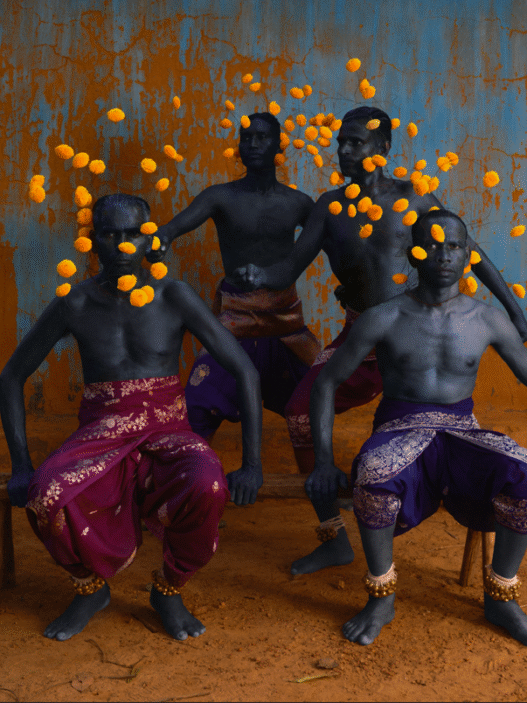Italian luxury house Prada is once again at the center of a cultural appropriation controversy, this time over its newly released Antiqued Leather Pumps. The footwear, part of an upcoming collection, has sparked criticism for bearing a striking resemblance to traditional Indian juttis—a handcrafted shoe style with centuries of heritage across North India.
The pumps, while modified with high heels and minor design tweaks, retain key visual features of the classic jutti—notably the pointed toe, leather finish, and visible stitching. Critics online argue that these elements are not coincidental, but directly lifted from India’s rich artisan traditions, yet the brand makes no mention of the inspiration or the cultural context.
This is not Prada’s first brush with controversy over design origins. Earlier this year, the brand received backlash for unveiling “toe-ring sandals” that closely mirrored Kolhapuri chappals, traditional footwear handmade by artisans from Maharashtra’s Kolhapur region. Following the outcry, Prada reportedly sent representatives to Kolhapur to engage with local craftspeople—a gesture many hoped signaled a shift toward greater cultural sensitivity.
However, the recurrence of similar issues has cast doubt on the brand’s commitment to ethical fashion and cultural respect. Fashion watchdogs, cultural commentators, and Indian netizens are calling for luxury labels to move beyond aesthetic borrowing and engage in transparent collaboration, proper crediting, and equitable recognition of indigenous craftsmanship.
Kolhapuri chappals, which received a Geographical Indication (GI) tag in 2019, are legally protected for their cultural and historical significance. While juttis have yet to receive such international protection, their roots run just as deep, with techniques passed down through generations of skilled artisans in regions like Punjab, Rajasthan, and Uttar Pradesh.
The debate once again shines a light on fashion’s ongoing struggle with cultural appropriation versus appreciation. As global brands mine traditional art and craft for inspiration, many are demanding that they also share the spotlight—and the profits—with the communities who originated these designs.
READ MORE: Running Out of Friendship Day Gift Ideas? Start Here



















